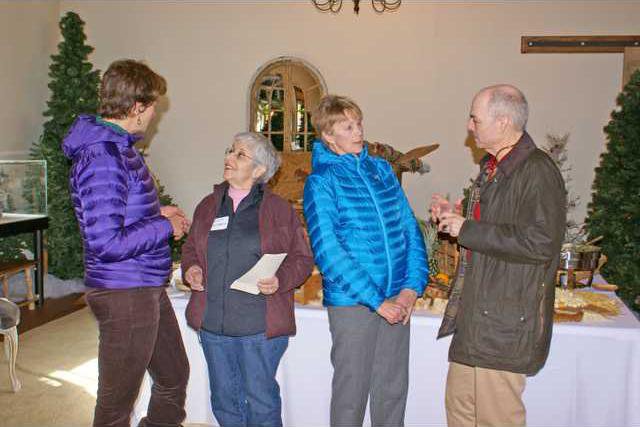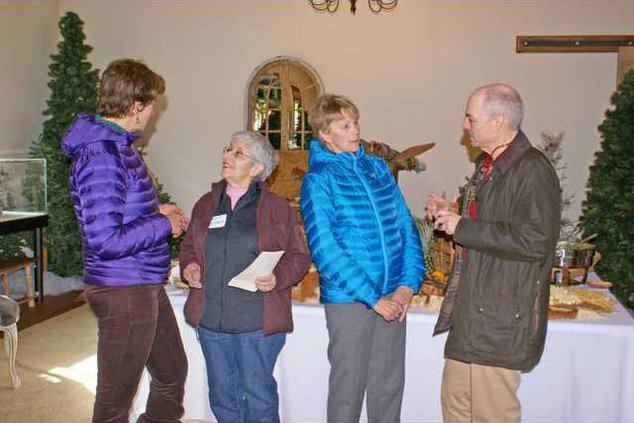Four of the more dangerous words in the Devendorf household when Meredith Devendorf was growing up were when her mother would say “I have an idea.”
That’s because, Devendorf joked with an estimated 300 people at a luncheon Saturday, that her mother, Laura Devendorf, was not talking about where they should go out to eat or even buy a new appliance.
She was thinking of ways to preserve the thousands of acres on her family’s centuries-old estate that centers on Springfield Plantation, even maybe expand it.
The luncheon, inside a heated tent on the grounds of the estate near Sunbury, was to mark the family’s 70 years of conservation work.
That work started in 1947, Laura Devendorf said, when her father, John Porter Stevens, gave nearly 12 acres on a tidal creek to a group of trustees for a park to assure blacks’ access to the “everlasting health, recreation and pleasure of those fortunate enough to live” near the coast. She said her father was motivated because segregation was blocking blacks’ access to the coast and marshes, even though they had lived in the area for generations.
The luncheon was also to announce the Devendorfs now have 6,300 of their 9,400 acres under conservation agreements and are working to get it all under permanent protection.
“We retain title, but give up the right to develop it,” the younger Devendorf said during remarks to the crowd.
They have agreements with three land trusts, which were among Laura Devendorf’s ideas to preserve the property. Another of her ideas is more visible to area residents. It is Seabrook Village on Fort Morris Road at Trade Hill Road. The living history museum that shows what life was like for black families in the area from the late 1800s into the mid 1900s has fallen into disuse in recent years.
But, the older Devendorf said, she and her daughter have reconstituted the board they had turned the village over to and they expect changes.
“We’re still working on lots of things,” she said.
The point of the conservation, according to Tony Keine, who was listed as a conservation partner in the program, is to keep the property intact and not allow development.
“We’re trying to prevent the Georgia Coast from turning into what the Florida Coast is, but still allow access,” he said.
Meredith Devendorf said Keine is a CPA and tax attorney who set up a private equity fund that helped set up the conservation agreements and got people outside the family involved in the conservation.
During her talk, Laura Devendorf, listed some of the events coming up in the next year that will allow public access to the land. They ranged from kayak trips to picnics and hikes.
Devendorf family works to keep developers at bay


Sign up for our e-newsletters